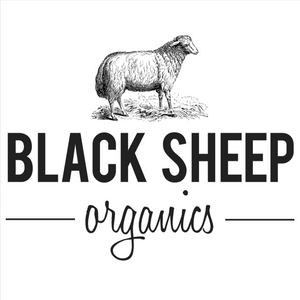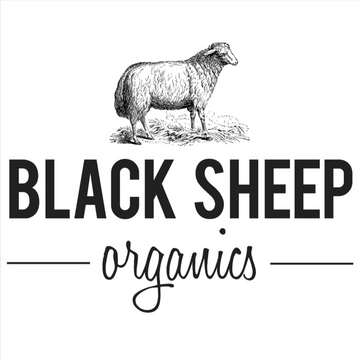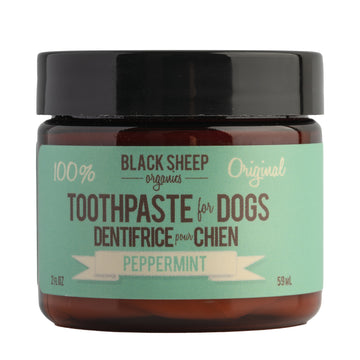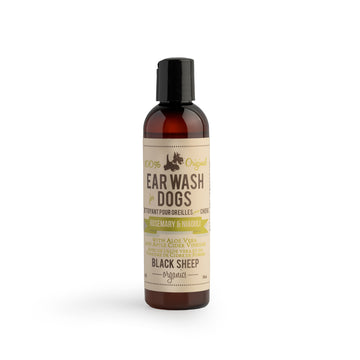As your senior dog ages, their grooming needs may change. Keeping them clean and comfortable is essential for their overall health and well-being. In this guide, we'll provide practical tips and advice on how to safely and effectively clean a senior dog, from bathing to ear and dental care. Explore how to ensure your furry friend remains happy and healthy as they mature.
Should I Bathe My Elderly Dog?
In most cases, bathing a senior dog is safe and beneficial. However, it may require careful consideration. So first let's discuss the factors and frequency to consider when bathing an aging dog.
Factors to Consider Before Bathing
- Health Conditions: Check for any health issues such as skin irritations or allergies. Consult your vet if unsure.
- Skin Condition: Older dogs may have more sensitive skin. Use hypoallergenic or moisturizing shampoos to avoid irritation.
- Mobility Issues: Arthritis or joint pain can make bathing challenging. Ensure the bathing area is accessible and consider using a non-slip mat.
Frequency of Baths for Senior Dogs
- General Guidelines: Bathing every 4-6 weeks is usually sufficient, but this can vary depending on your dog’s lifestyle and health.
- Skin and Coat Needs: Dogs with skin conditions may require more frequent baths with medicated shampoo. Dogs with oily coats may need more frequent baths to prevent excessive oil buildup.
Bathing Tips for Senior Dogs
Bathing a senior dog can be a gentle and rewarding experience with the right preparation and care. Here’s how to ensure a safe and comfortable bath time for your elderly companion.
Preparing the Bathing Area
- Space: Choose a spacious area to accommodate your dog comfortably.
- Safety: Place a non-slip mat in the tub to prevent slips.
- Temperature: Ensure the room is warm and free from drafts to keep your dog comfortable.
Choosing the Right Products and Equipment
- Shampoo: Use a gentle, hypoallergenic shampoo suitable for sensitive skin.
- Tools: Have a soft brush and towels ready for drying.
- Water Temperature: Keep it lukewarm to avoid shocking your pet's system.
Step-by-Step Guide to Bathing an Elderly Dog
- Brush First: Gently brush your dog’s coat to remove loose hair and tangles.
- Wet Slowly: Gradually wet your dog using a hand-held shower or a cup.
- Apply Shampoo: Lather shampoo gently, avoiding the face and eyes.
- Rinse Thoroughly: Ensure all shampoo is rinsed out to prevent irritation.
- Dry Carefully: Pat dry with towels and use a hair dryer on a low setting if necessary.
Signs to Watch For
- Stress Indicators: Look for signs like excessive panting or trembling.
- Discomfort: Watch for signs of pain or stiffness, especially during handling.
- Aftercare: Monitor your dog for any skin reactions or discomfort after the bath.
Grooming Techniques for Older Dogs
Besides regular baths, grooming also plays a crucial role in the overall health and comfort of senior dogs. Beyond just keeping them clean, regular grooming helps monitor health changes and maintain their well-being.
Importance of Regular Grooming
- Health Monitoring: Regular grooming allows you to check for lumps, bumps, and skin changes that might need a vet’s attention.
- Comfort: Keeping your dog well-groomed reduces the risk of matting and skin irritation.
Techniques for Brushing and Maintaining Coat
- Gentle Brushing: Use a soft-bristled brush to remove loose fur and prevent matting.
- Skin Checks: Look for any signs of dryness or irritation. Use gentle conditioners if needed.
Nail Trimming Tips for Senior Dogs
- Frequency: Trim nails every 3-4 weeks to prevent overgrowth, which can cause discomfort.
- Method: Use a nail grinder for more control, especially if mobility is an issue. Be cautious of the quick.
Ear and Teeth Cleaning Considerations
- Ears: Check for any odor or discharge and clean with a gentle ear cleaner. Consult your vet if any issues arise.
- Teeth: Continue regular dental care to prevent tartar and plaque buildup, which can lead to infections and other health problems. Use toothpaste specifically made for dogs.
Tips for Making Grooming Easier
Grooming a senior dog can be a smooth and enjoyable process with the right approach. Here are some practical tips to make grooming easier and more pleasant for both you and your furry friend.
Create a Comfortable Environment
- Quiet Space: Choose a quiet area with minimal distractions to keep your dog calm.
- Non-Slip Surfaces: Use non-slip mats to prevent slips and provide a secure footing.
- Ambient Temperature: Maintain a comfortable room temperature to keep your dog relaxed.
Involve the Whole Family
- Delegate Tasks: Assign different grooming tasks to family members to make the process quicker.
- Bonding Opportunity: Use grooming time as a chance for family members to bond with your pet.
- Instruction and Supervision: Ensure everyone understands the grooming steps and supervises the process for safety.
Positive Reinforcement
- Treats: Offer small treats during and after grooming to create a positive association.
- Praise: Use soothing words and gentle praise to reassure and reward good behavior.
- Patience: Be patient and take breaks if your dog seems stressed or uneasy.
Grooming your senior dog is crucial for maintaining their health and comfort. Regular brushing helps remove loose hair, prevents mats, and distributes natural oils. Bathing removes dirt and allergens, while ear and paw cleaning keeps these sensitive areas healthy. Nail trimming is essential for preventing discomfort and injuries. By following these grooming tips and seeking professional help when needed, you can ensure your senior dog stays clean, healthy, and happy.










